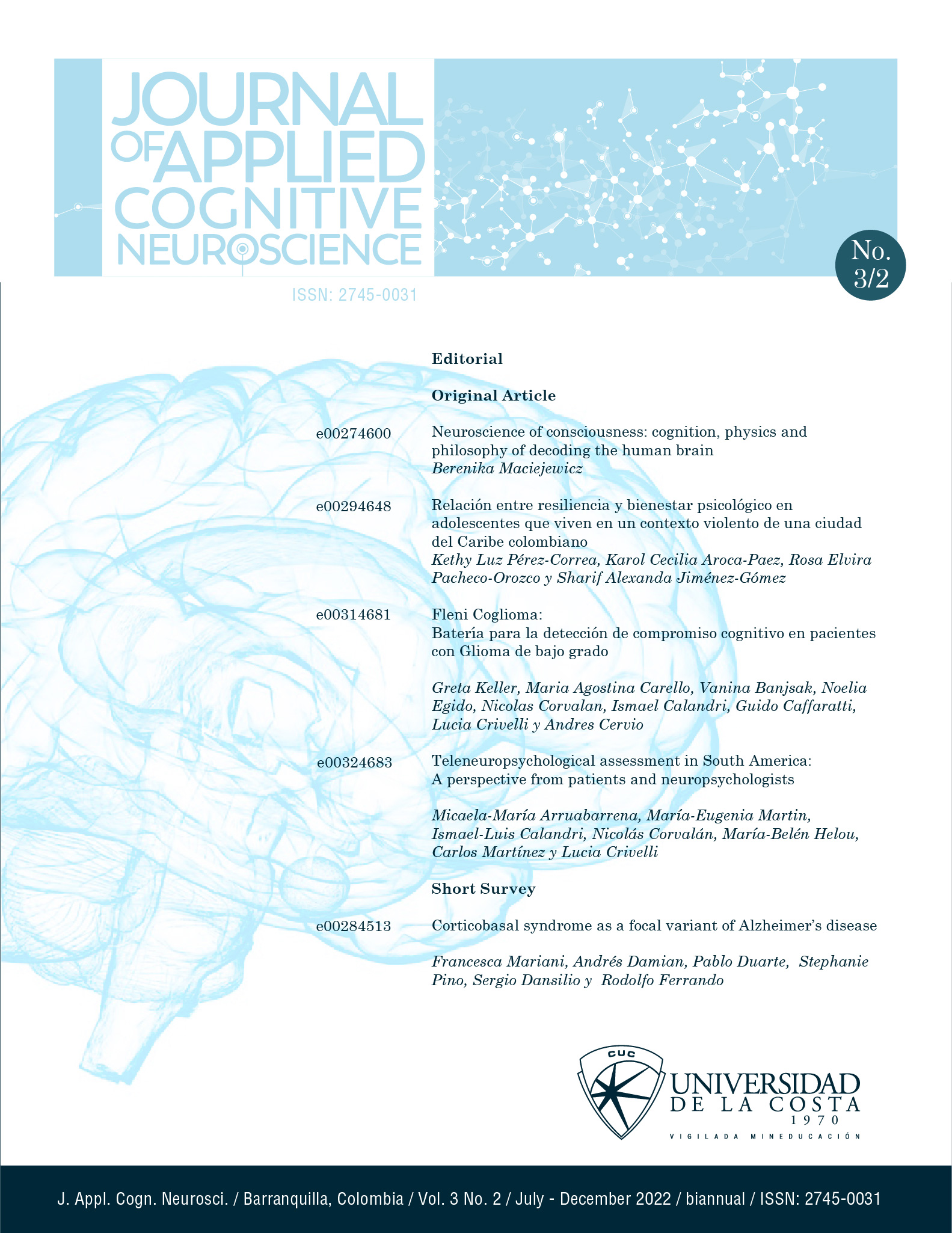Neuroscience of consciousness: cognition, physics and philosophy of decoding the human brain
##plugins.themes.bootstrap3.article.main##
Abstract
The biophysical roots of consciousness have been the subject of an ongoing debate for centuries. In order to understand the data, create novel experimental methodologies, and increase our ability to investigate this phenomenon of interest, the proposed theories must lead to empirical, repeatable, and testifiable studies. Contemporary theories of consciousness often do not relate to one another, and none of them has been distinguished as complete or proven empirically so far. The aim of this study is an investigation into some of the possible approaches that could merge neuronal brain activity with the laws of physics and some philosophical principles that may be associated with the emergence of consciousness in the first place. As a result, the relationship between consciousness and attention, working memory, access consciousness and phenomenal consciousness is evaluated. The contrast between conscious and unconscious perception, perceived visual inputs and subliminal ones is investigated to facilitate a discussion about the neural correlates of self-awareness. Consciousness as a global broadcast of information to integrated brain modules is being considered, as well as viewing a brain as a parallel information processor linked to attention inputs. Relationship between consciousness and attention is explored, as well as attention without consciousness and vice versa. Implications and shortcomings of the proposed approaches based on brain science, philosophy and quantum physics are also covered to shed some more light on this ever present experience of being conscious that everyone seems to self-witness but no one manages to adequately explain.
Downloads
##plugins.themes.bootstrap3.article.details##

This work is licensed under a Creative Commons Attribution-NonCommercial-NoDerivatives 4.0 International License.
You are free to:
- Share — copy and redistribute the material in any medium or format.
- The licensor cannot revoke these freedoms as long as you follow the license terms.
Under the following terms:
- Attribution — You must give appropriate credit, provide a link to the license, and indicate if changes were made. You may do so in any reasonable manner, but not in any way that suggests the licensor endorses you or your use.
- NonCommercial — You may not use the material for commercial purposes.
- NoDerivatives — If you remix, transform, or build upon the material, you may not distribute the modified material.
- No additional restrictions — You may not apply legal terms or technological measures that legally restrict others from doing anything the license permits.

